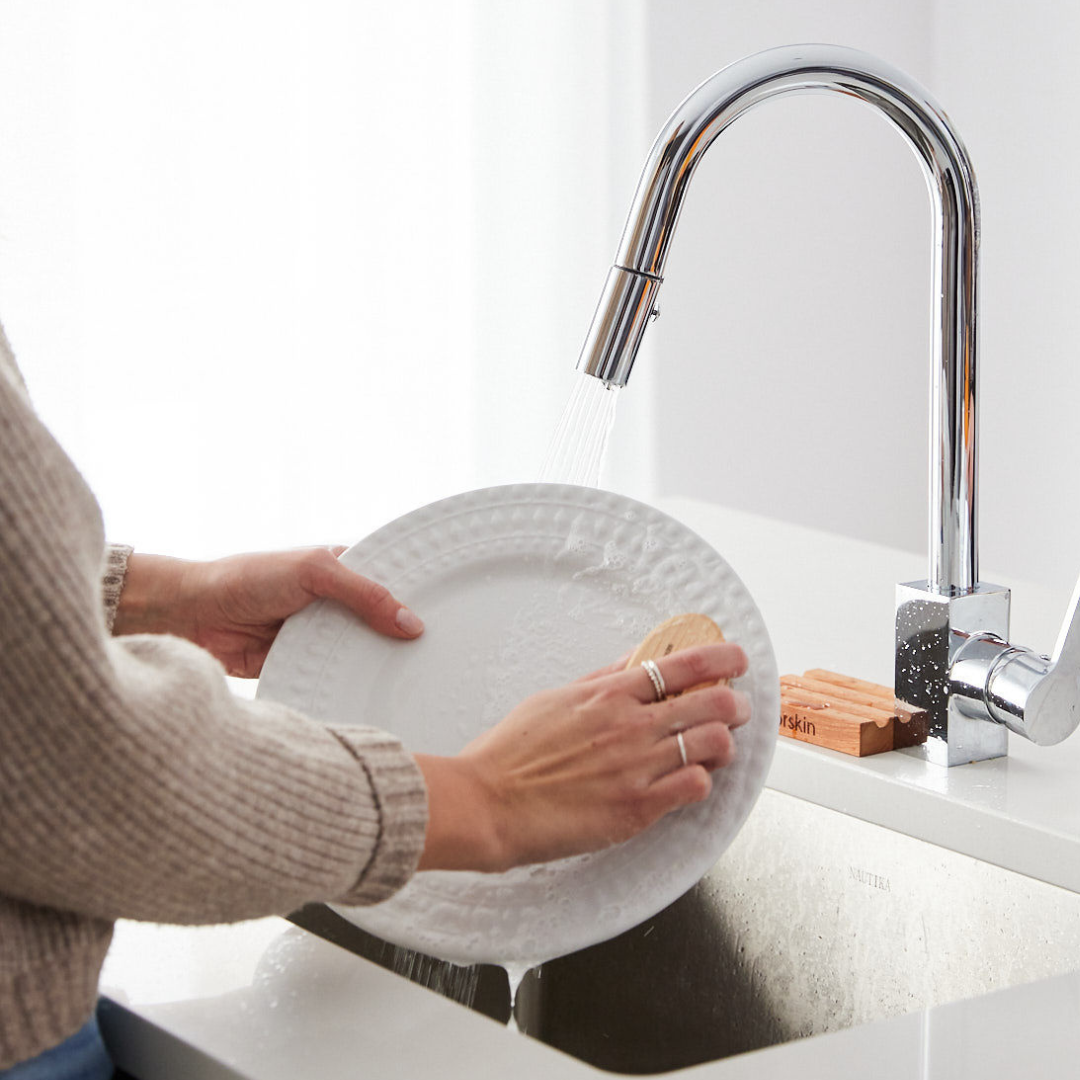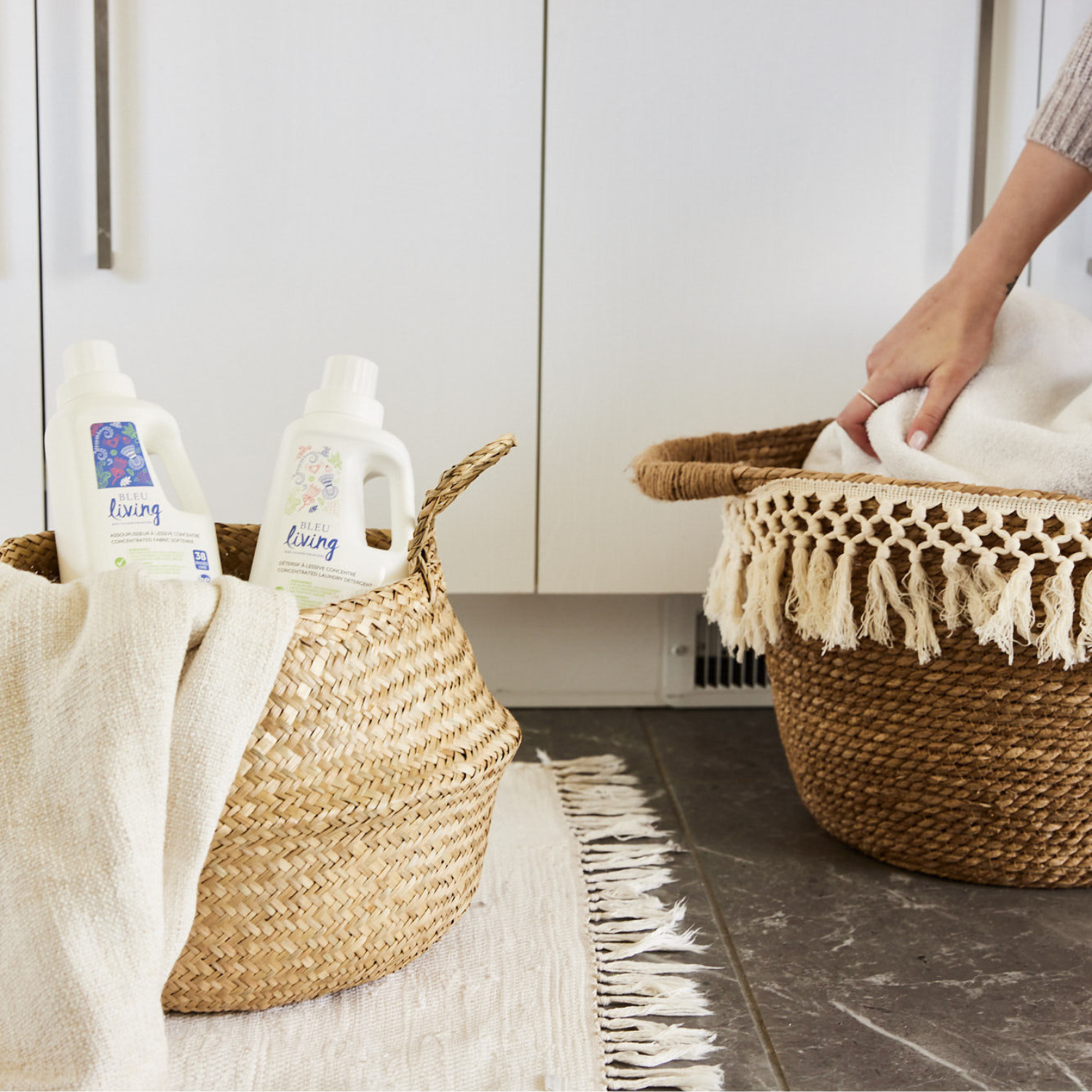The majority of cosmetics and household products we use daily unfortunately end up in the environment, contaminating water and soil. These ingredients, often employed to enhance texture, color, fragrance, or shelf life, can lead to air, water, and soil pollution, jeopardizing ecosystem health and biodiversity.
In this blog, we delve into the realm of cosmetics and household products, uncovering ingredients to avoid in order to safeguard the health of our precious planet.
Toxic Substances for Aquatic Ecosystems:
The following substances are particularly concerning due to their devastating impact on aquatic animals:
Sodium Lauryl Sulfate (SLS) and Sodium Laureth Sulfate (SLES): These foaming agents, commonly found in cleaning products and cosmetics like shampoos, surface cleaners, laundry detergents, and shower gels, can contaminate water bodies and disrupt aquatic organisms. Their widespread use has been associated with harmful effects on fish and other aquatic life forms.
Microplastics: Present in many personal care products such as facial scrubs and toothpaste, microplastics are tiny plastic particles that can be ingested by marine organisms. Their accumulation in oceans threatens marine life and can eventually enter our own food chain.
Formaldehyde and Formaldehyde Releasers: These compounds are often present in hair care products, nail polishes, and some cleaners. Formaldehyde is classified as a possible carcinogen by the World Health Organization (WHO) and can also be harmful to aquatic organisms.
Triclosan: An antibacterial agent used in many antibacterial soaps and toothpastes, triclosan persists in the environment and can disrupt aquatic ecosystems. Moreover, its excessive use may contribute to the emergence of antibiotic-resistant bacteria.
Non-Biodegradable Substances:
Apart from risks to aquatic life, certain ingredients in cosmetics and household products also pose a problem due to their inability to naturally decompose:
Silicones: Used for their emollient and moisturizing properties in cosmetics, silicones are synthetic polymers that do not easily degrade in the environment. Their accumulation can lead to persistent pollution in soils and waters.
Polymers: These chemical compounds are widely used in beauty and cleaning products for their ability to create pleasant textures. However, their persistence in the environment makes them a major concern for plastic pollution.
Mineral Oils: Derived from petrochemistry, mineral oils are often used in moisturizers and hair products. However, their production and disposal can lead to soil and water contamination, compromising ecosystem health.
Harmful Substances to Air Quality
"The issue of household products is not limited to indoor air but once outdoors, they significantly contribute to air pollution. This effect has been known for several years, but a study published in Science shows that the contribution of these emissions to smog is now on par with that of cars." (Radio-Canada, 2018).
Among these harmful substances, we find:
Aerosols with flammable propellant gases: These products, often used in hair sprays, deodorants, and air fresheners, often contain propellant gases such as propane, butane, or isobutane. When released into the air, these gases can react with other compounds present in the atmosphere to form air pollutants such as tropospheric ozone and fine particles. These pollutants can contribute to deteriorating indoor and outdoor air quality, leading to respiratory and cardiovascular problems in humans, as well as damage to terrestrial and aquatic ecosystems.
Volatile Organic Compounds (VOCs): VOCs are chemical substances that can evaporate at room temperature and contribute to indoor air pollution. They are present in many cosmetics and household products such as nail polishes, air fresheners, and floor cleaners.
Sources: https://www.terre-eternelle.com/ingredients-cosmetiques-vers-une-consommation-plus-eco-responsable/
Bondi CA, Marks JL, Wroblewski LB, Raatikainen HS, Lenox SR, Gebhardt KE. Human and Environmental Toxicity of Sodium Lauryl Sulfate (SLS): Evidence for Safe Use in Household Cleaning Products. Environ Health Insights. 2015 Nov 17;9:27-32. doi: 10.4137/EHI.S31765. PMID: 26617461; PMCID: PMC4651417.






1 comment
Facultad de Ciencias Económicas
Bonjour et merci de nous partager cet article très instructif
Bonjour et merci de nous partager cet article très instructif